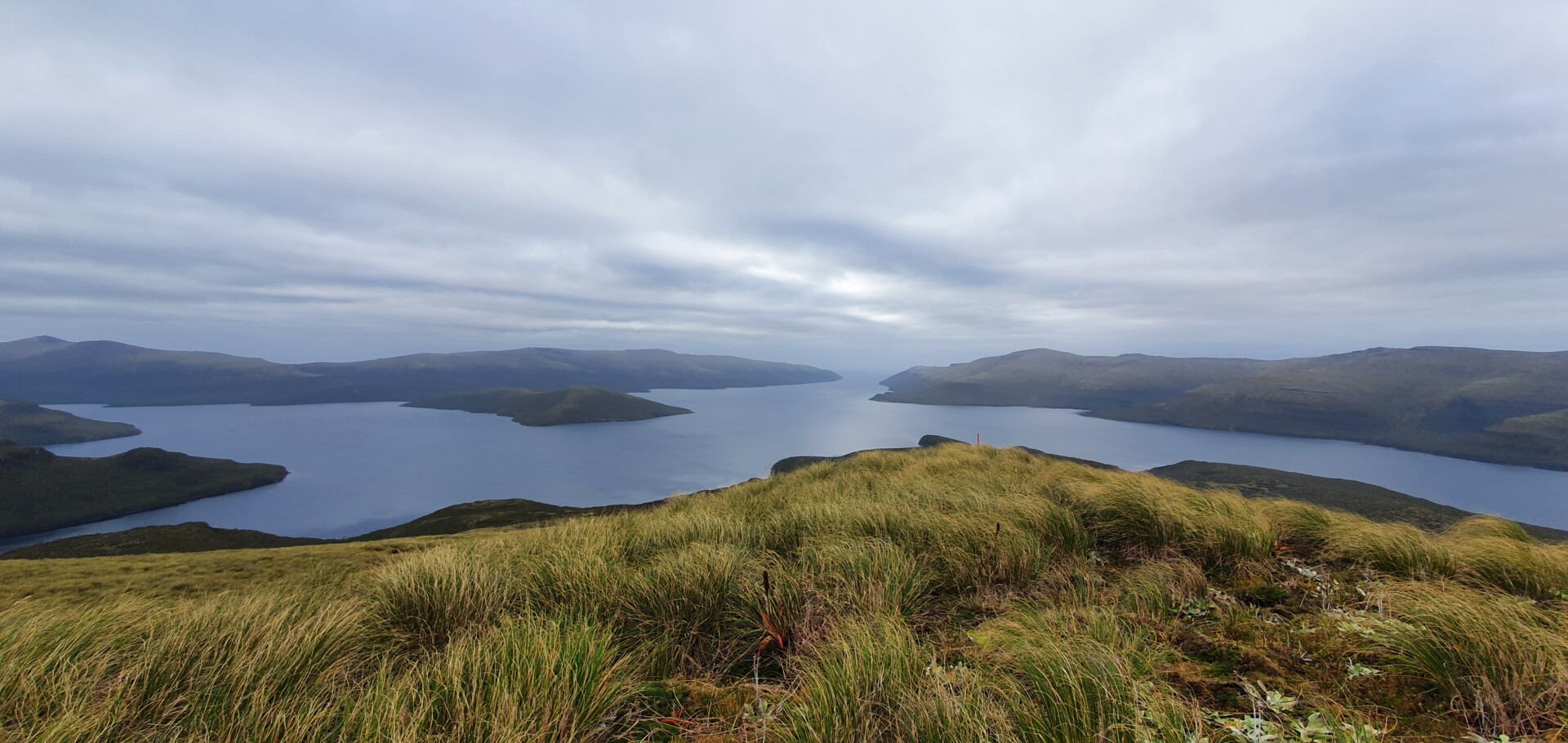What does it take to be an ambassador for the New Zealand Nature Fund? Meet Rob McCallum: expedition leader, deep-sea explorer, and conservation advocate who connects the world’s wildest places with those who have the power to protect them. A Fellow of both the Royal Geographic Society and the Explorers Club, McCallum has descended to Challenger Deep, recovered meteorites from the ocean floor, and guided expeditions to RMS Titanic. Now, he’s leveraging his unique expertise and connections toward our crucial mission: restoring Auckland Island, the last predator-inhabited island in the Southern Ocean, to its natural state as a wildlife sanctuary.
How can one be an explorer in an age where there are no highest mountains left unconquered, corners of the map undiscovered, or depths of the ocean unplumbed? Mention the Explorers Club and it seems like a remnant of times long since gone where corners of the earth lay at the edge of maps and the great unknown still existed. For those who wonder if the days of adventure have passed, if we’ve explored all there is to find: they’re not, we haven’t. And a Kiwi is one of the world’s most prominent explorers.
Meet Rob McCallum. Fellow of the Royal Geographic Society. Fellow of the Explorers Club. Divemaster. Pilot. Adventurer. Explorer. All-round good bugger. And a key ambassador for the NZ Nature Fund.
Rob is your classic Kiwi bloke whose story reads predictably for the first half of his life; he attended Lincoln University and then worked for the Department of Conservation for over 20 years. Then, things took a turn. For the last two decades and then some, his tack has been a little different.
McCallum now spends his days pushing the boundaries of human exploration. The deepest-diving New Zealander, he’s descended to the ocean’s nadir at Challenger Deep (10,925 meters), led expeditions to recover interstellar meteorites from the ocean floor, guided billionaires to the RMS Titanic, and pioneered routes through the Northwest Passage.
But unlike many of his historical predecessors, McCallum’s explorations recognise that frontiers are fewer and the challenge is no longer planting a flag or claiming a first, but about understanding our world and protecting its most vulnerable spaces.
“I straddle two worlds,” McCallum says, “My clients are some of the most wealthy and most powerful, and sometimes both, individuals on the planet. And the places we go are the wildest and most pristine. With that comes great responsibility, and a unique opportunity.”
McCallum runs EYOS Expeditions, specialising in high-end experiential trips to the world’s most remote places. Much like Cousteau or Sir Peter Blake, who used their expeditions to bring the wonders of the ocean to the public consciousness, McCallum leverages his unique position to raise awareness about conservation issues. As an ambassador for the New Zealand Nature Fund, he’s focused on what he considers a critical mission: restoring the subantarctic Auckland Island.
“This is the last New Zealand island in the Southern Ocean with predators, New Zealand has been at the forefront of returning islands of the Southern Ocean back to their natural beauty, back to their natural status. These are all jewels of the Southern Ocean. Now we have one left. It’s the largest one. Everything we’ve done to date has been preparation for this.
McCallum’s journey toward becoming one of the world’s foremost expedition leaders began in an unusual place: Papua New Guinea. McCallum spent his earliest years in Port Moresby during its time as an Australian Trust Territory.
His family chose New Zealand over returning to Australia, setting up a home in the Waikato before McCallum eventually attended Lincoln University. There, he earned a spot in an elite program that combined academic study with extensive field training in New Zealand’s national parks.
This rigorous four-year program included 15 months’ on-the-job experience in National Parks and a guaranteed job upon completion. McCallum was in the last cohort to receive such a guarantee.
Years later, when McCallum asked his former interviewers why they selected him from among 770 applicants, the answer made him laugh. “They said, ‘It just became clear to us that you were such a pain in the ass. You were never going to go away.’“
It’s a characteristic that has defined his career. When opportunities arose, McCallum seized them with both hands. “Whenever the senior ranger came in and said, ‘I’ve got an opportunity for someone,’ I’d put my hand up, say, ‘Yeah!’ And they’d say, ‘You don’t even know what it is yet.’ I’d say, ‘I know. But you said it was an opportunity, right?’“
This eagerness propelled McCallum through a 23-year career with the Department of Conservation, including a four-year secondment with the United Nations. During this time, he managed conservation projects in Papua New Guinea, building the foundation for what would become his life’s work: “making complex things happen in remote places.”
His transformation from government conservationist to expedition leader happened through a series of what McCallum calls “little hopscotches.” As a government observer on expedition ships to the subantarctic islands, he recognised he had skills beyond those of the guides employed. When an opportunity to guide in Antarctica appeared, he took it – beginning a path that would lead to baby submarines, deep-sea vehicles, and eventually, the Five Deeps Expedition, which made history by reaching the deepest points of all five oceans.
“Victor Vescovo wanted to go to the deepest point of each of the world’s five oceans,” McCallum explains. “When you ask Victor, ‘Why did you choose us?’ He’ll likely tell you, ‘It’s because there’s not many names in this part of the phone book.’“
This reputation for making the impossible happen has positioned McCallum perfectly for his current mission: sharing the importance of rewilding and restoring Auckland Island.
Auckland Island: Remote, wild, beautiful.
 When McCallum speaks about the Auckland Islands, his voice changes subtly as the practical expedition leader gives way to the passionate conservationist with deep connections to New Zealand’s natural heritage.
When McCallum speaks about the Auckland Islands, his voice changes subtly as the practical expedition leader gives way to the passionate conservationist with deep connections to New Zealand’s natural heritage.
“If you’re a bird in the Southern Ocean and you’ve got to be on land to breed, these islands become precious refuges,” he explains. “It’s the only place that they can do their business. It’s the only place that they can breed and raise their young. And they can’t do that if there are predators there.”
The urgency in his voice is unmistakable. For McCallum, this is important, and it’s now or never. It is also the culmination of New Zealand’s island restoration journey.
“I was hugely influenced by my time in Auckland with DOC. I spent four years there as the conservator,” he recalls. “I managed the eradication of pests off some of the smaller islands (the Kermadecs, and Hauturu/Little Barrier) and drew up plans to take on Motutapu and Rangitoto. But that also sowed the seeds to do Great Barrier, which is the fourth largest island and quite a big deal.”
McCallum witnessed firsthand the remarkable recovery of these islands once pests were removed. “I remember sitting on the beach one day with the scientist. These birds were coming in, and he said, ‘You know, the breeding success this year is off the charts. I mean, I knew they’d come back, but it’s amazing – it’s double digits in the first year.’“
Curious about this rapid recovery, McCallum asked how the birds knew to return. The scientist’s answer still resonates with him: “He said, ‘No, they come back every year and they get killed. We are seeing this tiny fragment coming back. And suddenly they’re not being killed. And we see that success. They’re just programmed to keep coming back.’“
It’s stories like these that McCallum uses to convince people of the project’s importance and urgency. For McCallum, the Auckland Islands project represents a critical final step in restoring New Zealand’s subantarctic islands. He points to South Georgia Island as an example of what can be achieved – the largest island ever to undergo successful pest eradication, transformed from a degraded ecosystem to a vibrant wildlife sanctuary.
“We’ve seen a few islands now – South Georgia is a great example – where you just see it spring back,” McCallum says, his enthusiasm building. “It’s like, my god, the pressure it was under. Life just wants to find a way. And when you take that damaging influence out, when you remove the pests, nature thrives. Immediately. And it’s wonderful to see. It’s almost like a Genesis moment.”
At its core, McCallum’s advocacy for the Auckland Islands stems from a genuine belief in the intrinsic value of these remote places – whether people ever see them or not.
I challenge him, playing devil’s advocate; “Why should I care about the Auckland Islands? I’m an ordinary Kiwi who will probably never get a chance to go there.”
McCallum doesn’t hesitate: “For the same reason that you would probably put money in the tin to save a polar bear. It’s an existence value. You don’t need to see a polar bear in the wild to get pleasure in the fact that a mother polar bear at this very moment is in her den with one, two, or three cubs. And in the spring, they will emerge to explore their world. I mean, that makes us feel good. If we can enable that to continue, that’s a warm, fuzzy feeling. Even if you don’t ever see the bear.”
When pressed about why these islands, why these birds specifically matter, McCallum takes a broader view, and emphasises the interconnectedness of ecosystems.
“Everything’s important because everything’s interconnected,” he explains. “It’s like a game of Jenga blocks. If you take out one thing, nothing happens. They go, ‘Nothing, nothing happened. We can take this all night.’ Until you get to a point where you can’t.”
He tells the story of the Madagascar periwinkle, a small plant that yielded compounds crucial for treating leukaemia. “When I was a lad, if you got leukaemia, you had a 15% chance of survival. Now you have an 85% chance of survival. We reversed the odds – 15% chance of living, now you only got a 15% chance of dying. From that one species.”
McCallum’s blend of pragmatism and passion makes him uniquely suited to bridge the worlds of conservation and advocacy. When discussing the potential objections of New Zealanders to giving special access to the islands for wealthy donors, he’s refreshingly direct.
“If someone is prepared to consider writing a cheque for $50 million then they should have the opportunity to visit the island; to see their money at work and the bounty of the success they have enabled. Special treatment? Yes, and they earned it”.
McCallum reflects on what drives him to devote an increasing amount of his time to philanthropic work and to conservation. The night is quiet as snow falls outside, far from the remote islands and exotic locations where McCallum made his name.
“I think I’m my mother’s son,” he says thoughtfully. “We’re quite egalitarian. Purpose driven and never shy of a challenge.”
When asked about his success in convincing the wealthy to contribute to causes like the Auckland Islands, McCallum offers a clear-eyed assessment: “It takes a LOT of effort, and multiple failed attempts…but if we can transform a failure into a lesson, it then becomes another building block in the foundation of your eventual success.”
“If we take the predators away, then we’re not even giving them a head start,” he says of the wildlife that would benefit. “We’re just making it less hard.”
He pauses, then delivers the kind of vivid analogy that has likely convinced many a billionaire to open their checkbook: “If you take your foot off someone’s throat, you’re not giving them a lucky break. You shouldn’t have had your foot on their throat at all.”
For the last island in the Southern Ocean with pests, McCallum is determined to remove that foot – and let nature breathe freely once again.





































